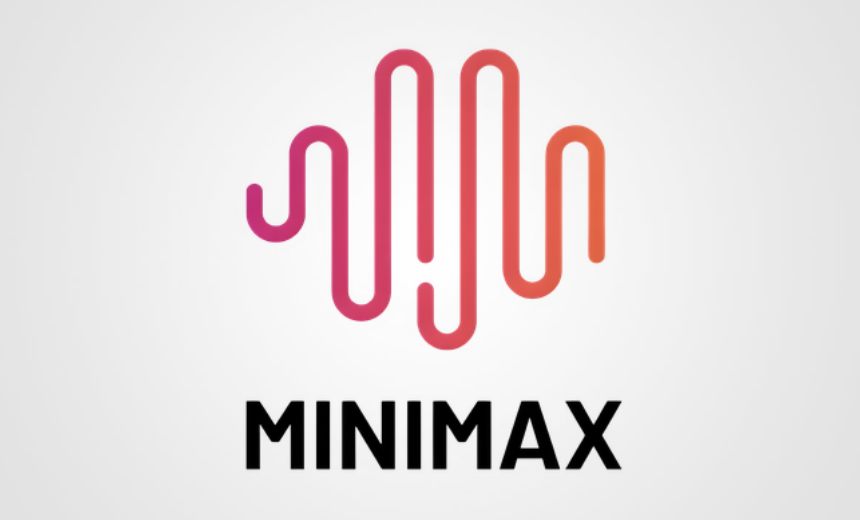Artificial Intelligence & Machine Learning,
Next-Generation Technologies & Secure Development
Shanghai Startup Chooses Open-Source Path in AI Development

MiniMax, a budding artificial intelligence company based in Shanghai, has introduced a new open-source large language model known as MiniMax-M1. The firm seeks to position this model as a formidable competitor to both Western and domestic AI solutions.
In a significant move towards accessibility, MiniMax has released the MiniMax-M1 model under the Apache license, which enables broader open-source access compared to competitors that impose stricter licensing terms. Notably, rival models like Meta’s Llama and DeepSeek’s offerings come with more limited access, restricting their commercial applicability. MiniMax’s licensing scheme permits unrestricted use in both commercial and research contexts, contributing to its competitive edge.
According to MiniMax’s analysis shared in a recent blog post, the M1 model excels in complex, productivity-driven tasks. The company asserts that it not only outperforms domestic closed-source models but also rivals leading international models in terms of both performance and cost-effectiveness.
Preliminary assessments suggest that MiniMax’s M1 competes effectively against established proprietary and open-source models like OpenAI’s o3, Google’s Gemini 2.5 Pro, and Anthropic’s Claude 4 Opus. While MiniMax has not designated its model as universally superior, it indicates that its performance will vary depending on specific benchmarks, emphasizing the need for further independent verification of its claims. For transparency, the model’s source code and weights have been made publicly available on GitHub.
A notable advantage of the M1 model lies in its capacity to manage long-context tasks, boasting the ability to process up to one million tokens. This functionality positions it favorably against competitors like Google’s Gemini 2.5 Pro and DeepSeek R1, offering higher output generation capabilities as well. The architecture, featuring a novel “lightning attention” mechanism, enhances operational efficiency, particularly in long-context scenarios, allowing the M1 to tackle tasks using significantly less computational power compared to its peers.
MiniMax’s innovative approach also encompasses a reinforcement learning technique dubbed CISPO, designed to optimize training efficiency. Details regarding this methodology have been included in the model’s technical documentation, released alongside the model’s code. The training phase utilized 512 Nvidia H800 GPUs over a three-week period, incurring substantial rental expenses, estimated at over half a million dollars.
The introduction of MiniMax-M1 intensifies the competitive landscape among AI models in China, where companies like DeepSeek, Baidu’s Ernie, and Alibaba-backed Qwen are striving to elevate their positions in the AI space. MiniMax itself benefits from substantial backing from notable investors including Alibaba Group, Tencent, and IDG Capital.
